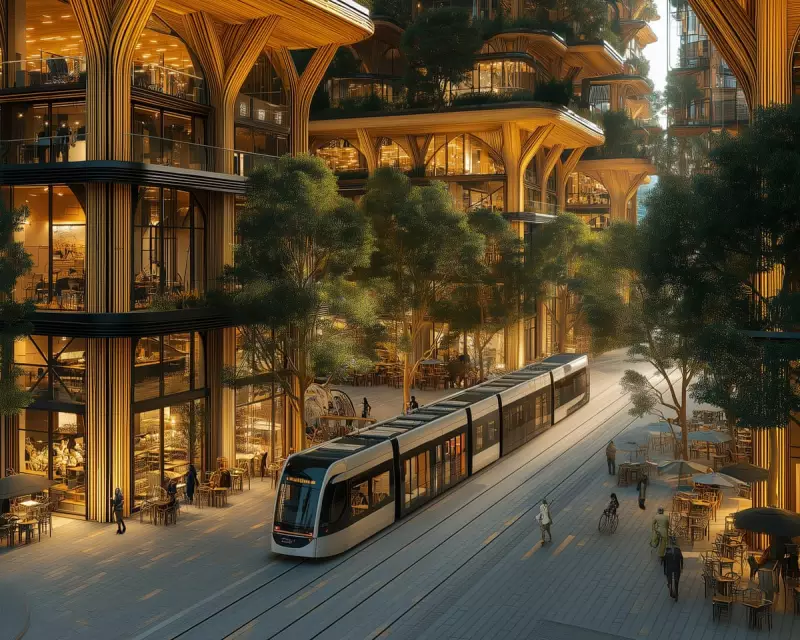
A radical proposal to build a new 'forest city' for up to a million people east of Cambridge could see construction begin before the end of this parliament, marking the first project of its kind in England since Milton Keynes was built in the 1960s.
The Vision for a Sustainable Urban Centre
The ambitious plan, spearheaded by author and former Guardian journalist Shiv Malik, envisions a city constructed primarily from wood, set within the largest new nature reserve created in England for decades. The development promises four-bedroom homes at an affordable £350,000, challenging the UK's pervasive housing crisis.
Malik, who has spent years documenting the economic challenges facing millennials, aims to turn his ideas into tangible reality. "No one's done this before – building in this way which would create a huge net gain for nature. We are trying to build in natural infrastructure," he stated. The project has garnered nearly 800 supporters from across the political spectrum, uniting Green party campaigners and leaders of rightwing thinktanks.
How the Forest City Would Work
The proposed city would be developed east of Cambridge, featuring new rail links, schools, and hospitals. Crucially, it would be established under a community land trust, a model run by a non-profit organisation for the benefit of residents, designed to keep housing permanently affordable and shield it from corporate profit motives.
The homes themselves would be built to high eco-friendly standards using modular wooden designs. The communities are planned as "pedestrianised, human-scale environments where children can run free". Instead of fostering car dependency, the plan is to install a network of trams, providing high-quality public transport. The city would be integrated with 12,000 acres of native forest, largely through new plantings that connect existing pockets of woodland.
To streamline development and reduce costs, the project's backers are seeking development corporation powers, similar to those used for Milton Keynes, Canary Wharf, and the Olympic infrastructure. This would allow building at scale and bypass the costly, time-consuming conventional planning system.
Overcoming Environmental and Agricultural Hurdles
The proposal faces significant challenges, not least because East Anglia is one of the most water-depleted areas in the country. Malik asserts that the scheme's funding would allow them to "replenish the chalk streams" and build essential water infrastructure, including much-needed reservoirs. "There's enough money in this scheme to resolve these water issues for East Anglia and for the people around the city, not just in it," he claimed.
The plan involves building on farmland, which Malik, influenced by Guardian columnist George Monbiot, describes as "green industrial land... terrible for nature." He argues that industrial agricultural land is often sterile from fertilisers and pesticides and can be repurposed for homes and wildlife habitat, bringing people closer to nature.
Nature campaigner and barrister Paul Powlesland, who has joined the project's board, sees this as a critical test. "I think the question is, can we build what is necessary for humans to have a healthy, happy society while either not degrading nature or ideally restoring nature? That is the question of the 21st century," he said. Powlesland has committed to acting as nature's advocate on the scheme, warning he will oppose it if the ambitious environmental plans are diluted for cost reasons.
The proposal has also attracted government attention. Shortly after the forest city plans were made public, the government announced its own ambitions for a network of "forest towns" in a similar area. The Labour government's broader push to build 1.5 million homes has sparked controversy, with environmental groups warning that new legislation puts thousands of nature sites at risk.





